Event Spotlight: Designing America
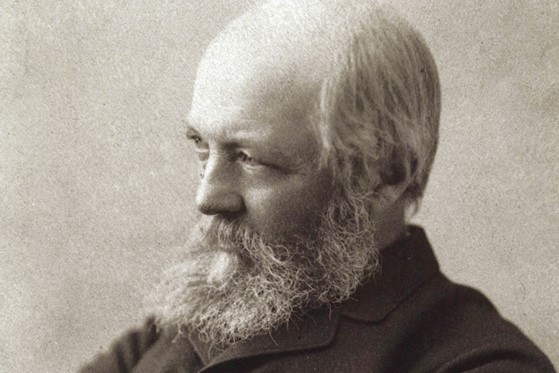
Birmingham-Southern’s Architectural Studies and Urban Environmental Studies Programs will host Laurence Cotton, public historian and consulting producer for the PBS documentary “Frederick Law Olmsted: Designing America.” This year marks the 200th anniversary of Olmsted’s birth, and Cotton will speak to students about his incredible legacy at 11 a.m. Thursday, Feb. 17 in Norton Campus Center’s Norton Theatre.

Writer, filmmaker, and historian Laurence Cotton served as the originator and consulting producer for “Frederick Law Olmsted: Designing America.”
“I and others in the Olmsted arena would say Olmsted is one of the most significant Americans of the nineteenth century, and he was so much more than the founder of modern landscape architecture,” Cotton says. “He was a self-taught renaissance man, a philosopher of democracy, and a very thoughtful and probing personality.”
“Designing America” premiered in 2014 and has been screened around the country, often in the cities across the United States shaped most by Olmsted’s work. The documentary was screened in the BSC Geodome in January and introduced by Marjorie White, director of the Birmingham Historical Society, who spoke about the Olmsted legacy in Birmingham.
Olmsted is known best for his groundbreaking architectural endeavors in New York: the country’s first coordinated system of public parks in Buffalo, New York; protection of Niagara Falls, the country’s first state park; and Central Park, the country’s first landscaped public park and his first collaboration with Calvert Vaux.
However, his work extends across the United States, and people often know Olmsted from the projects around them. In Birmingham, The Olmsted Brothers – the firm founded by Olmsted’s sons, John Charles Olmsted and Frederick Law Olmsted, Jr., to carry on the vision – designed the plans for George Ward Park and the Homewood Shades Creek Greenway (also known as the Lakeshore Trail).
In 2007, Cotton began research on Olmsted with a documentary feature in mind. He was already familiar with Olmsted’s work – especially through his childhood in the Boston area and his work as a park- and trail-planting volunteer in Portland – but wanted to dig deeper into Olmsted’s life.
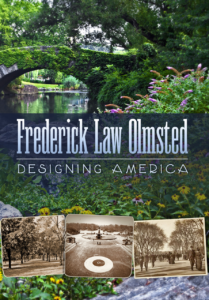 “A thousand lights went off,” Cotton says. “If no one has done a Ken Burns-style documentary on the life and career of Olmsted, then it is time I do it.”
“A thousand lights went off,” Cotton says. “If no one has done a Ken Burns-style documentary on the life and career of Olmsted, then it is time I do it.”
Cotton collaborated with filmmaker Lawrence Hott and his company, Florentine Films/Hott Productions, on the film. Both have previously worked with Ken Burns – Cotton in a project when they were students at Hampshire College and Hott through co-founding Florentine Productions with Burns – and aimed towards a similar style in their Olmsted project.
One of Cotton’s top goals was to capture the different layers of Olmsted’s impact, most of these through detailed explorations of specific projects and locations. The film spends time on Central Park, which Olmsted and Vaux began in 1857, and the struggles Olmsted faced during that time.
“It is his most well-known project,” Cotton says, “and by telling that story in full, you also reveal interesting aspects of his professional and personal story.”
The film covers Olmsted’s other pursuits, including his work as a correspondent for the early iteration of The New York Times in the South during the Civil War, during which he wrote a series of influential essays now published together in “The Cotton Kingdom.” Olmsted was later hired as director of the U.S. Sanitary Commission and led healthcare relief efforts among Union soldiers.
Olmsted also worked as a literary publisher for some of the greatest American writers – including Washington Irving, Henry David Thoreau, Ralph Waldo Emerson, and Harriet Beecher Stowe – and took a job in a California gold mining operation that introduced him to Yosemite Valley.
“He was already acknowledged for his expertise and talents, and the state of California commissioned him to write a report, which recommended the permanent protection of Yosemite Valley,” Cotton says. “It was not acted upon at the time but is now frequently pointed to as the founding document which led to the creation of Yosemite National Park and is considered in some respect a founding document for our entire national park system because of its poetic wording regarding places of pristine beauty where the public can seek solace and fresh air.”
Cotton will expand on more important parts of Olmsted’s life in his talk and his discussions with architecture and urban environmental studies students. He also hopes to learn more about the Olmsted legacy in Birmingham and encourages students to learn more about Olmsted’s trailblazing vision.
“Landscape architecture isn’t just about design,” Cotton says. “It’s about people and social relations and human psychology. To have students of environmental design, architecture, and urban planning realize that Olmsted was working with this kind of vision back in the 1880s is really quite remarkable.”
In addition to the speaking event at BSC, Cotton will also give a talk for the Birmingham Botanical Gardens’ Celebrating Olmsted event on Feb. 16.
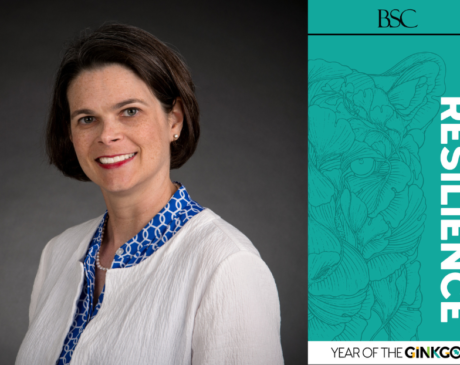
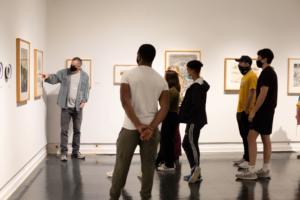

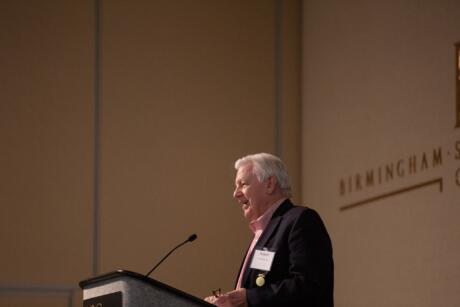







// Comments are closed //